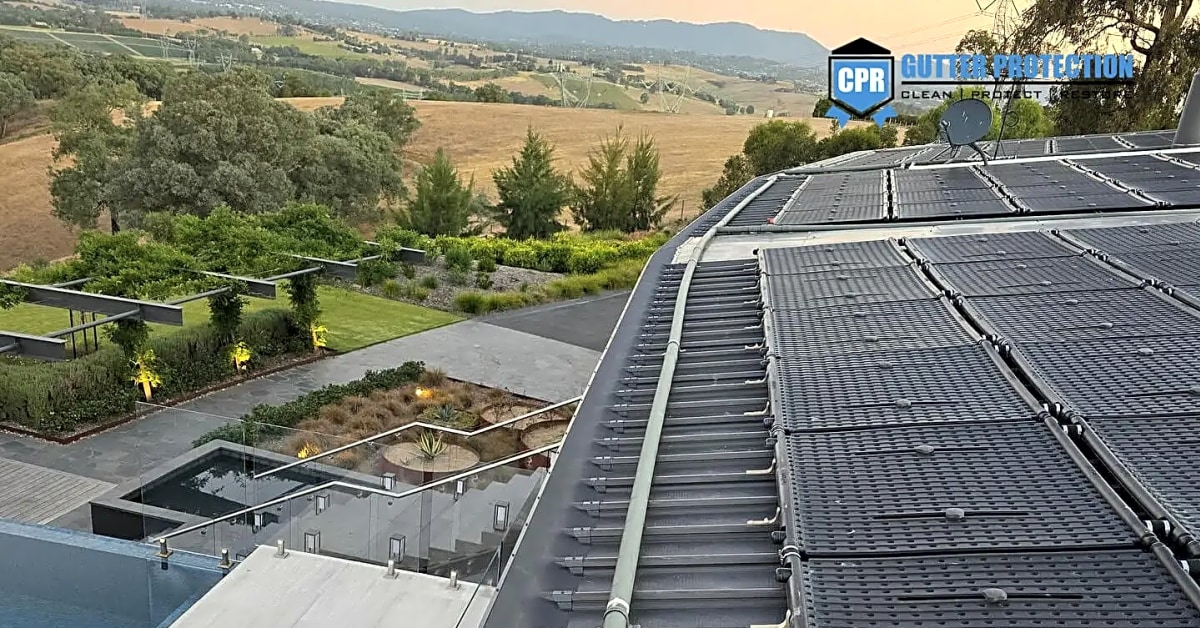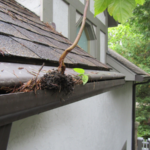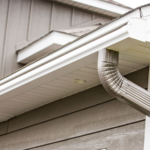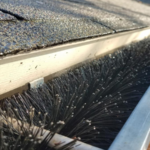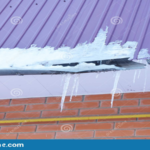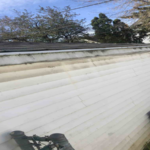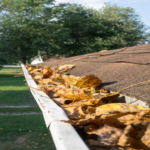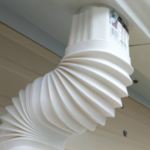As the leaves start to change and the temperature drops, it’s time to start preparing for fall and winter weather. While cozy sweaters and hot chocolate may be on your mind, it’s important not to forget about the maintenance and cleaning tasks that come with the changing seasons. One crucial aspect of seasonal maintenance is protecting your gutters with gutter guards. In this article, we will discuss the importance of gutter guards and how they can help you prepare for fall and winter weather. So, grab a cup of tea and read on to learn more about how to keep your gutters in top shape during the colder months.
The main purpose of gutter guards is to prevent leaves, twigs, and other debris from clogging your gutters. This not only saves you from having to regularly clean them out, but it also protects your home’s foundation from water damage. When choosing a gutter guard, consider the type of debris that is most prevalent in your area. For example, if you have many pine trees around your home, a micro mesh guard would be more effective than a solid cover.
Some popular types of gutter guards include screens, covers, and foam inserts. Screens are the most common type and are typically made of aluminum or plastic. They are installed over the top of your gutters and act as a barrier to prevent debris from entering. While screens are effective at keeping out large debris like leaves and twigs, smaller debris like pine needles can still get through.
Covers, on the other hand, are usually made of metal or plastic and are designed to completely cover your gutters. They typically have small holes or slots that allow water to enter while keeping out debris. Covers are more effective than screens at preventing all types of debris from clogging your gutters.
Foam inserts are another option for gutter protection. These inserts are made of a porous foam material that fits inside your gutters. They allow water to flow through while blocking debris. Foam inserts are easy to install and can be trimmed to fit any size gutter. However, they may need to be replaced more frequently than other types of gutter guards.
When considering which type of gutter guard to choose, it’s important to also consider the cost and maintenance involved. Foam inserts are typically the most affordable option, but may need to be replaced every few years. Screens and covers can last longer, but may require occasional cleaning or maintenance.
In addition to preventing clogs and protecting your home’s foundation, gutter guards can also save you money in the long run. By preventing debris from entering your gutters, you can avoid costly repairs and maintenance that may be needed due to water damage. Gutter guards can also help extend the lifespan of your gutters, saving you from having to replace them sooner than necessary.
In conclusion, as the leaves start to fall and winter weather approaches, it’s important to prepare your gutters for the change in seasons. With the right gutter guard, you can save yourself from the hassle of regular cleaning and protect your home from potential water damage. Whether you choose screens, covers, or foam inserts, investing in gutter guards is a smart choice for any homeowner.
Cost Savings
As the leaves start to fall and winter weather approaches, it’s important to prepare your gutters for the change in seasons. One way to do this is by investing in gutter guards, which can save you money in the long run. These guards act as a barrier, keeping debris and leaves out of your gutters and preventing clogs that can lead to expensive repairs. By installing gutter guards, you can avoid the cost of hiring professionals to clean your gutters multiple times a year. Additionally, gutter guards can extend the life of your gutters by preventing rust and corrosion, ultimately saving you from the cost of replacing them. The initial investment of gutter guards may seem pricey, but the potential cost savings in the future make it a worthwhile expense. Make sure to choose a high-quality product and follow proper installation methods to ensure maximum cost savings and protection for your gutters.
Installation Methods
When it comes to installing gutter guards, there are two main options: DIY or professional installation. Both have their own pros and cons, and it ultimately depends on your budget and skill level.
DIY Options: If you’re handy and have some basic tools, you can opt for a DIY installation. This will save you money on labor costs, but it also requires time and effort on your part. Make sure to carefully follow the manufacturer’s instructions and take all necessary safety precautions.
Professional Installation: If you’re not confident in your DIY skills or simply don’t have the time, hiring a professional to install your gutter guards may be the best option. They have the experience and tools to ensure a proper installation, and many companies offer warranties for their work.
No matter which option you choose, it’s important to make sure the installation is done correctly to ensure maximum effectiveness of your gutter guards.
Types of Gutter Guards
When it comes to protecting your gutters, there are several types of gutter guards to choose from. Each type offers unique benefits and features, so it’s important to understand the differences before making a decision. Here are some of the most common types of gutter guards:
- Mesh Gutter Guards: These guards are made of a fine mesh material that allows water to flow through while blocking debris such as leaves and twigs. They are relatively easy to install and can be an affordable option.
- Reverse Curve Gutter Guards: This type of guard is designed to redirect water around a curve and into the gutter while preventing debris from entering. They are typically made of metal and can be more expensive than other options.
- Bottle Brush Gutter Guards: These guards are made of bristles that allow water to flow through while trapping debris. They can be an affordable option, but may require more maintenance as the bristles can become clogged over time.
Other types of gutter guards include foam, screen, and surface tension guards. Each type has its own pros and cons, so it’s important to consider your specific needs and budget before making a decision.
Gutter guards are an essential part of fall and winter weather preparation. They not only save you time and effort in cleaning your gutters, but they also protect your home from potential water damage. By choosing the right type of gutter guard and installation method, you can ensure that your gutters will be well-protected all season long. Use gutter guards, fall and winter weather preparation, and protecting your gutters to keep your gutters safe and avoid potential maintenance headaches.
